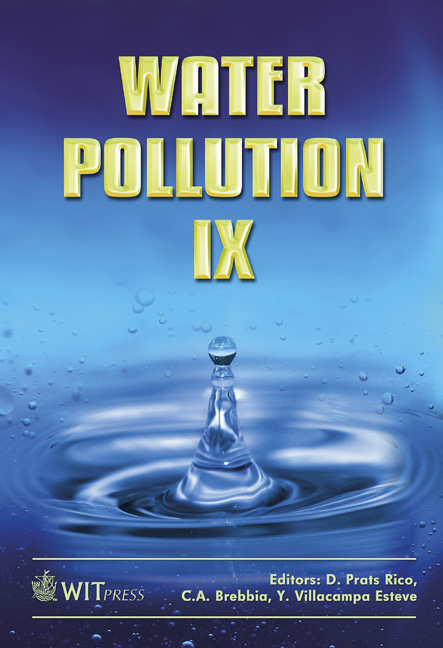Field Applications Of Cyclodextrin-aided Sludge Dewatering
Price
Free (open access)
Transaction
Volume
111
Pages
7
Page Range
537 - 543
Published
2008
Size
672 kb
Paper DOI
10.2495/WP080531
Copyright
WIT Press
Author(s)
S. Banerjee & S. Wright
Abstract
Cyclodextrins (CDs) increase the cake solids and the drainage rate of belt- or screw-pressed biological or primary sludge when added to the sludge slurry along with conventional sludge conditioning chemicals. These benefits are obtained at very low CD dosage. For example, a 2.8 percentage point increase in cake solids was obtained in a full-scale trial with mixed primary and biological sludge at a paper mill wastewater system. CDs also decrease the specific resistance to filtration and increase the capture rate of solids during belt pressing. They are able to aggregate charged polymers, and, by inference, sludge particles treated with the polymers. Results from full-scale trials at two paper mills and a municipal wastewater treatment system are discussed. In all cases, some combination of higher cake solids, better drainage, better filtrate clarity and lower polymer dosage was obtained. The CD application for sludge dewatering is being introduced commercially. Keywords: sludge, dewatering, cyclodextrin, polymer, cake solids. 1 Introduction Cyclodextrins (CDs) are torus-like rings assembled from six, seven, or eight glucopyranose units: α-, β-, and γ-CD, respectively. The structure of β-CD is illustrated in figure 1. CDs have a cylindrical structure with a hydrophobic cavity and a hydrophilic exterior. They are non-toxic commodity chemicals, and are prepared by the action of bacteria on starch [1]. Practical applications include solubility enhancement of hydrophobic solutes such as pharmaceuticals [2], the
Keywords
sludge, dewatering, cyclodextrin, polymer, cake solids.





